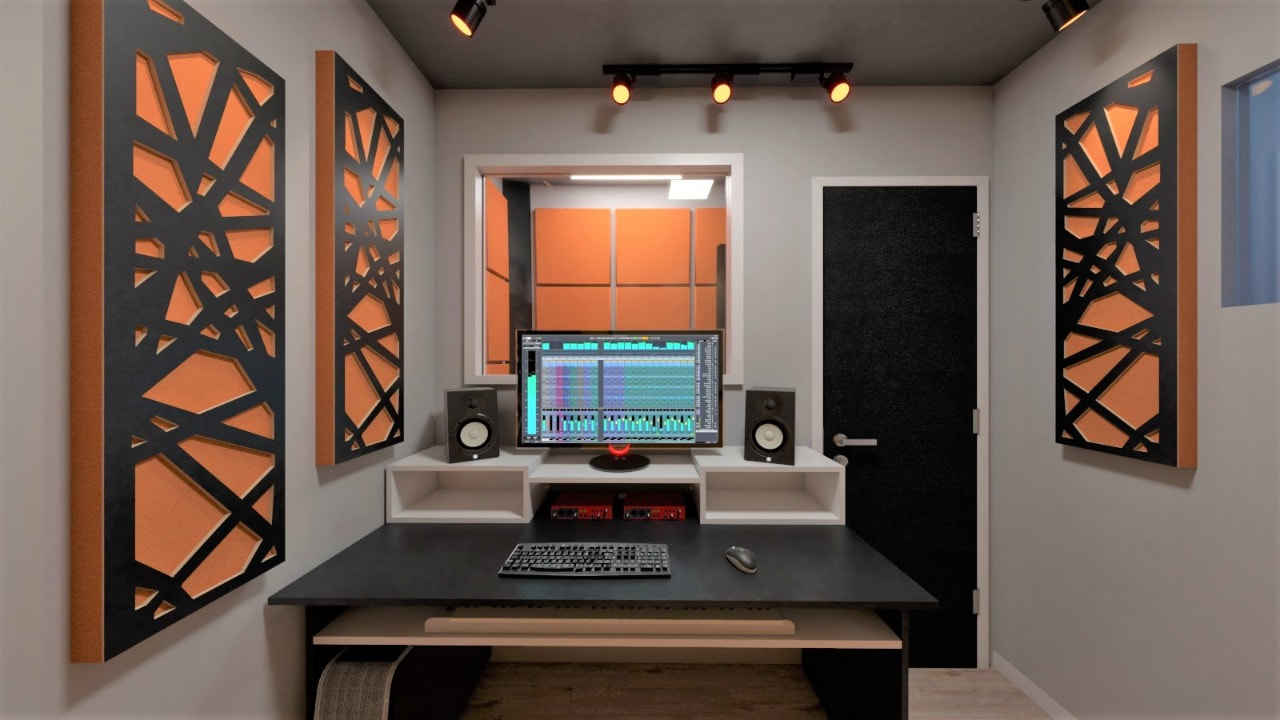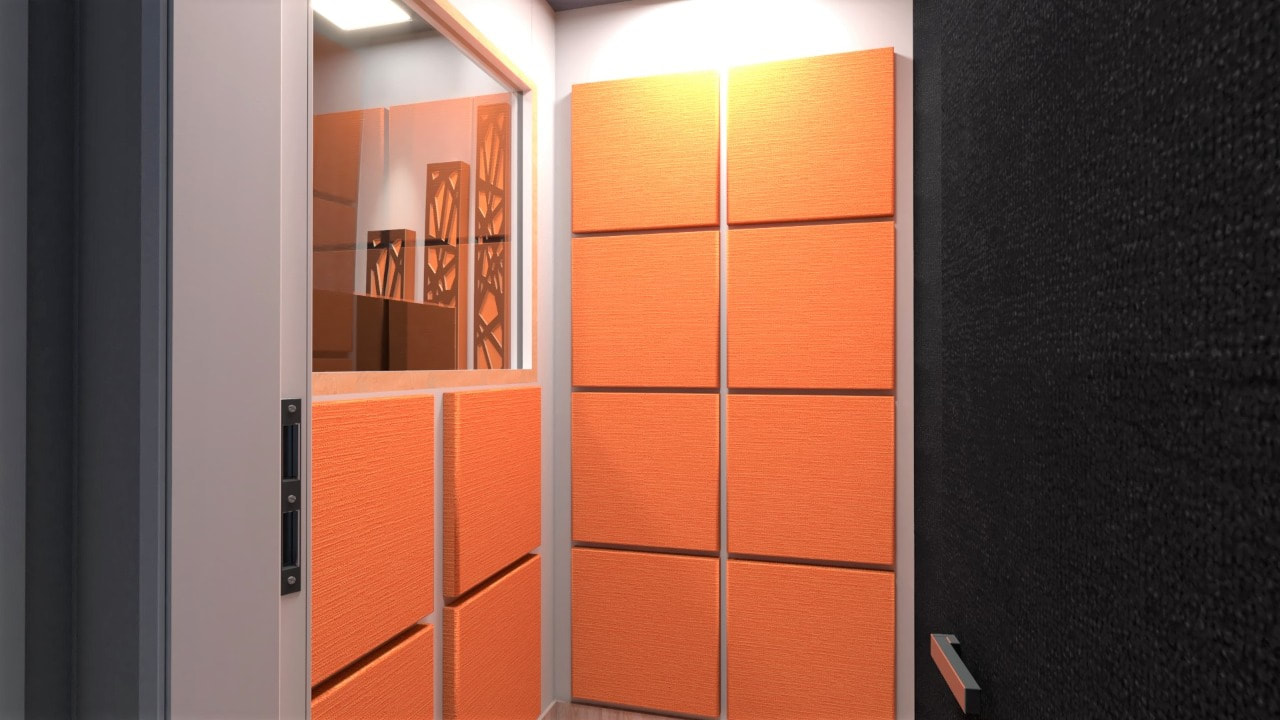
Most of BrazilVoices' voice overs are full-time voice actors.
As a result, they almost never have to idle, and they can record many assignments. But how do these voice-overs keep their voices in shape, so that every recording sounds fresh?
As a result, they almost never have to idle, and they can record many assignments. But how do these voice-overs keep their voices in shape, so that every recording sounds fresh?







 RSS Feed
RSS Feed
